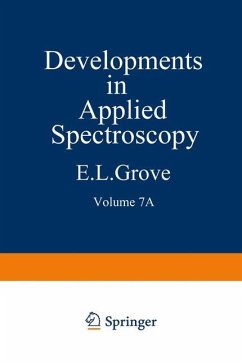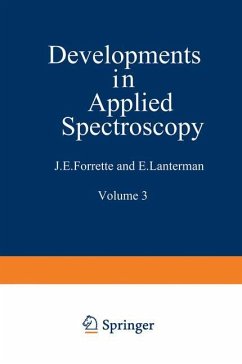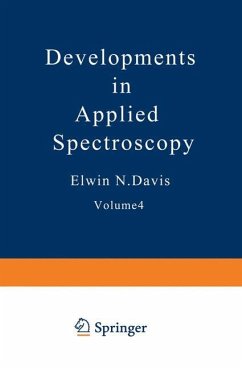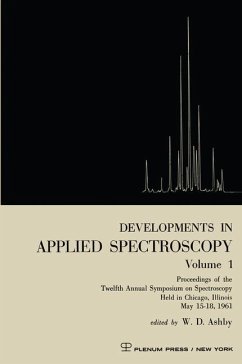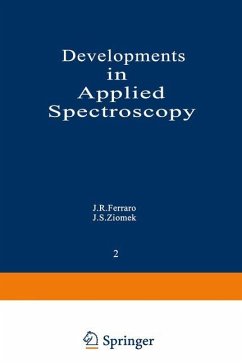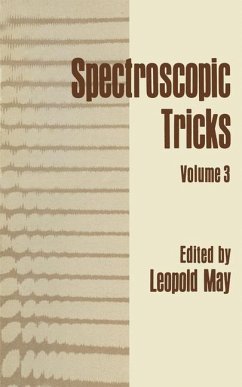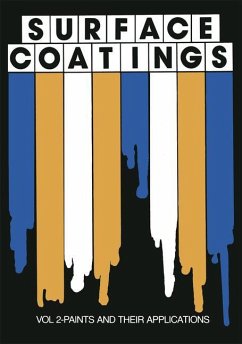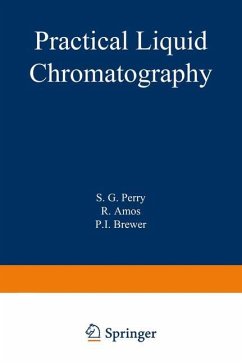
Practical Liquid Chromatography
Versandkostenfrei!
Versandfertig in 1-2 Wochen
39,99 €
inkl. MwSt.

PAYBACK Punkte
20 °P sammeln!
This book is intended to provide a practical introduction to high-speed, high-efficiency liquid chromatography. It covers modern column technology (which has leapt into prominence only in the last five years) and relates this to the well-established thin-layer techniques. The development of liquid chromatography has proceeded in fits and starts over many years and in alliance with various scientific disciplines. Liquid chromatography has for years fulfilled an effective role in various fields. Ion-exchange chromatography, for example, is particularly associated with the separation of the rare ...
This book is intended to provide a practical introduction to high-speed, high-efficiency liquid chromatography. It covers modern column technology (which has leapt into prominence only in the last five years) and relates this to the well-established thin-layer techniques. The development of liquid chromatography has proceeded in fits and starts over many years and in alliance with various scientific disciplines. Liquid chromatography has for years fulfilled an effective role in various fields. Ion-exchange chromatography, for example, is particularly associated with the separation of the rare earths, and exclusion chromatography with the fractionation of naturally occurring materials like proteins and of syn thetic polymers. Partition chromatography, especially in the form of paper chromatography, has been an indispensable tool in the study of biochemical systems, while its more recent adsorption counterpart, thin-layer chromatog raphy, developed most rapidly within the pharmacognosic and pharma ceutical fields. Until recently, however, liquid chromatography has not played a prominent role in the field of industrial organic analysis.





